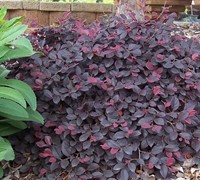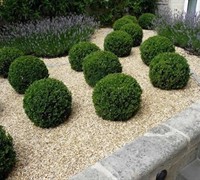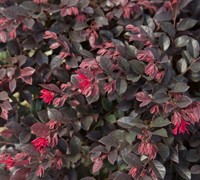General Planting Instructions
Just received your latest ToGoGarden shipment and ready to plant?
We have provided some helpful hints and tips to help even the most novice gardener get started!
IMPORTANT: Water your new plant daily until you have successfully planted it.
ALSO IMPORTANT: Always lift your plant by the container or root ball to avoid damage to the branches or trunk.
PLANTING
Hole and Soil Preparation:
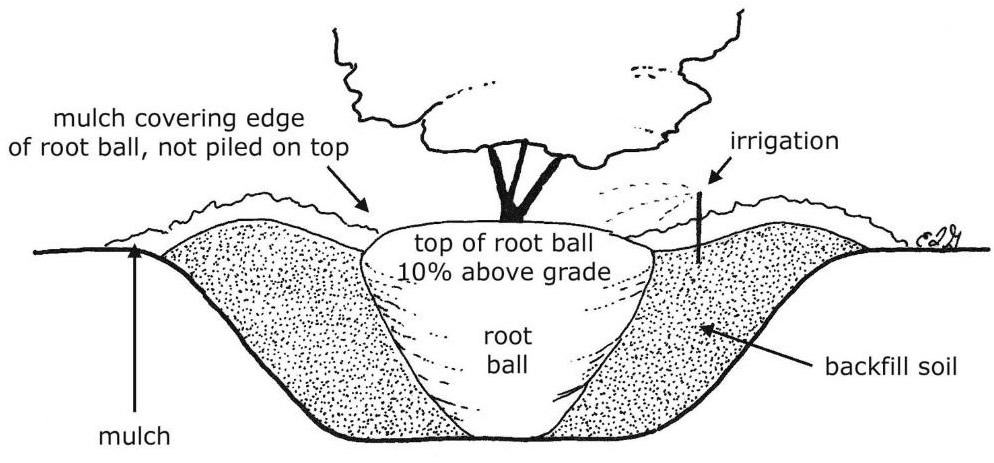
- Dig a hole that is at least twice as wide as the root ball.
- The hole should be only deep enough to allow solid ground beneath the root mass while allowing the root flare at the top of the root mass to be slightly higher than ground level. Do not go deeper than the container or ball size.
- In most cases, the soil should have good drainage. If you have clay or poorly drained soil, mix the soil removed from the hole with mulch, compost, or a good potting soil at a ratio of 1 to 3 (1 part mulch/compost/potting soil to 3 parts existing soil).
- To prevent large air pockets, break up any large clods of soil.
Preparing Plants Shipped In A Container:

- Remove the container to inspect the root system. Thin, white roots at the outside of the root-ball are normal.
- Tease the roots out with your fingers to promote root expansion into the surrounding soil.
- Cut out thicker, woody roots on trees and shrubs with sharp pruning spears to prevent them from girdling the trunk or root flare. If the plant is root-bound (a dense mat of roots encircling the outside of the root-ball), use a knife to slice the root-ball from top to bottom in three or four locations. To prevent future girdling roots, make the cut deep enough to sever any roots growing in a circular manner.
Preparing Bare-Root or Balled-and-Burlapped Plants:
-
BARE-ROOT PLANTS:

- Keep bare-root plants damp after their arrival. Do not allow the roots to dry out before you plant them. Until planting, store them out of direct sunlight in a pot or plastic bag packed with moist straw or shredded newspaper.
- If bare-roots plants arrive with dry roots, set them in a bucket of water for several hours before planting to rehydrate them.
- Inspect and prune bare-roots plants prior to planting. Remove all damaged or in-turned roots by making clean cuts with sharp pruning spears.
-
BALL-AND-BURLAPPED PLANTS:
- Remove all twine or wire tied around the main stem of the plant.
- If the root-ball is supported by a wire basket, use wire cutters to remove the top portion of the basket to prevent the wire from restricting growth over time.
- Remove the burlap from the top of the root-ball with a sharp knife. Burlap on the top of the root-ball can act like a wick if exposed to air, drawing out moisture from the soil.
- The burlap on the bottom of the root-ball can be left in place. It will decompose over time as the roots grow through it.
Putting The Plant In The Hole:

- Place the plant in the prepared hole. Backfill the hole halfway.
- With the hole only half full, water gently to settle the soil around the roots and to help remove air pockets. Don't tamp down the soil with your foot because it could break roots, cause compaction, and reduce root expansion in the future.
- Finish backfilling the hole.
-
Make a soil berm several inches high by forming a wide bowl that will help to retain water over the roots until it soaks it.
- NOTE: Once the plant is established (or prior to heavy rains) return the soil around the plant to a more natural grade so the plant doesn't drown in a mini-pond.
- Water again to completely settle the soil around the roots.
- In general, apply no more than 2" of mulch on top, making sure that the mulch doesn't touch the bark of the plant.
-
If you are planting a tree, it is a good idea to stake it to keep it from tipping or blowing over until established.
- But limit stakes to one or two four-foot-long 2x2 stakes driven into the ground at a 45-degree angle near and low to the trunk. Fasten the stake to the trunk with rubber strapping.
- The purpose of staking is to prevent the root-ball from rocking... not to prevent the tree from swaying in the wind.
- With the exception of perpetually windy sites, all stakes should be removed after one year.
WATERING
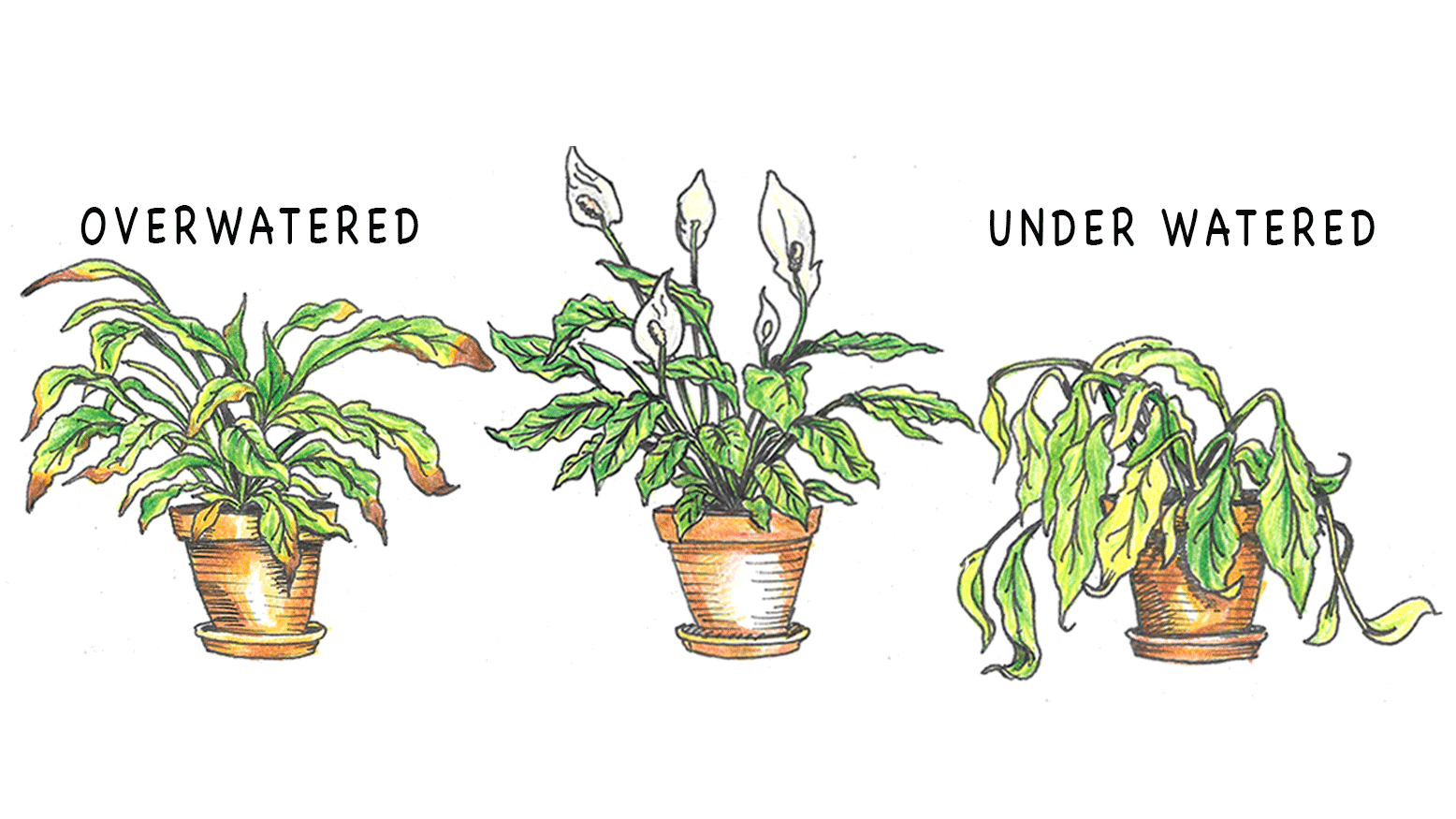
- Do not allow the new plant to dry out, but also do not over water.
- Check new plantings daily for the first two weeks. Thereafter, check 2-3 times per week. Continue to monitor regularly for the first 1-2 years.
-
Before watering, check the current moisture level by digging around the root zone to a depth of 2-3" for small plants and 6-8' for large plants and trees. Water generously when the soil feels dry to the touch.
- Monitoring a plant's moisture condition frequently is more important than watering frequently.
-
Water according to your soil and climate specifics.
- In clay or poorly-drained soils, infrequent yet thorough watering is best. In sandy soils, water percolates through easily and so a lower volume and more frequent watering is best.
- During the summer or during hot/dry weather, water deeply once or twice a week.
- Plants close to buildings or areas reflecting heat may require closer monitoring.
- During the hot summer months natural rainfall may not be enough, as the rain produced during flash summer thunderstorms generally results in runoff and adds little to the ground moisture.
- When watering, slowly soak the area around the plant to a depth of 4".
- If the soil is wet or moist, do not add water. For best results, soil should almost dry out between waterings.
FERTILIZING
- Delay fertilizing. A good rule of thumb is that newly planted trees and shrubs should not be fertilized during the first year (or two) - with the exception of those planted in nutritionally-poor soils.
- Over-fertilizing or fertilizing too early can actually reduce root growth and encourage the top of the plant to grow out of proportion to what the roots can support.
- Perennials should be given a one or two-week resting period after planting before applying fertilizer.
- Never allow fertilizer to contact plant foliage as it could burn the plant and cause severe dieback.
MULCHING

- Mulch preserve soil moisture, moderates soil temperature, and helps to control competing weeds.
- Mulch should be about 2" deep and cover the entire planting hole and soil berm.
- Mulch should not touch the plant, because it could create a continually moist environment around the trunk or crown that could encourage harmfful insects and disease.
PRUNING
- Remove any dead, broken, or diseased limbs at planting time.
- Aside from that, newly planted trees and shrubs should not be pruned.
- Leaves are responsible for making the nutrients a plant needs to produce new roots, so early pruning will only slow the growth of the new roots needed for survival.
- It generally takes one year per inch of trunk diameter for a woody plant to become established, so hold off on structural pruning until then.


